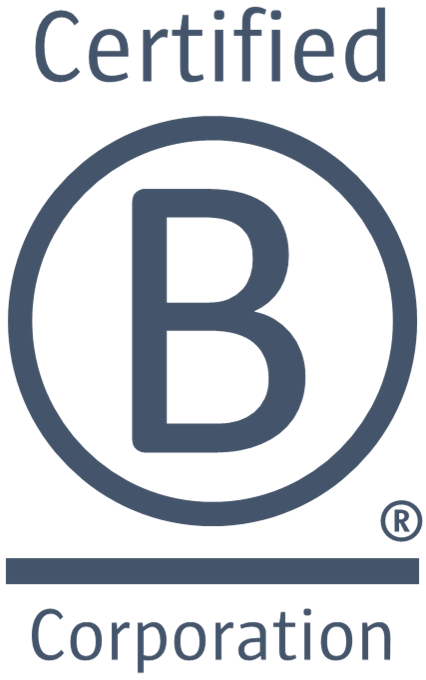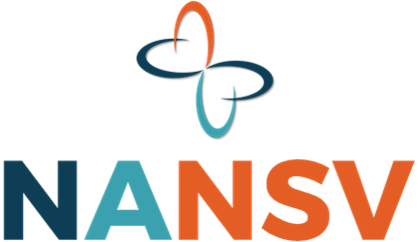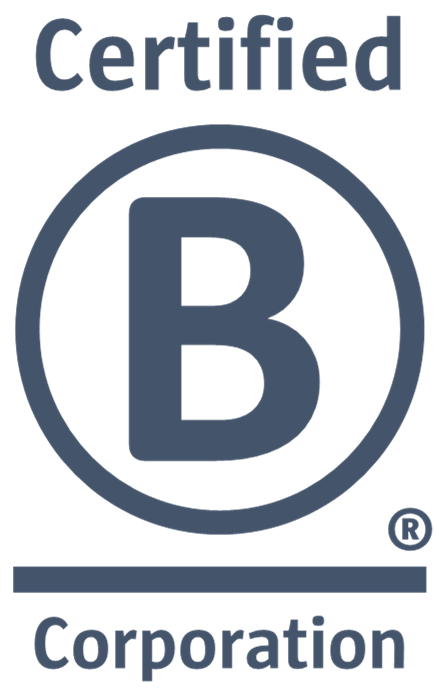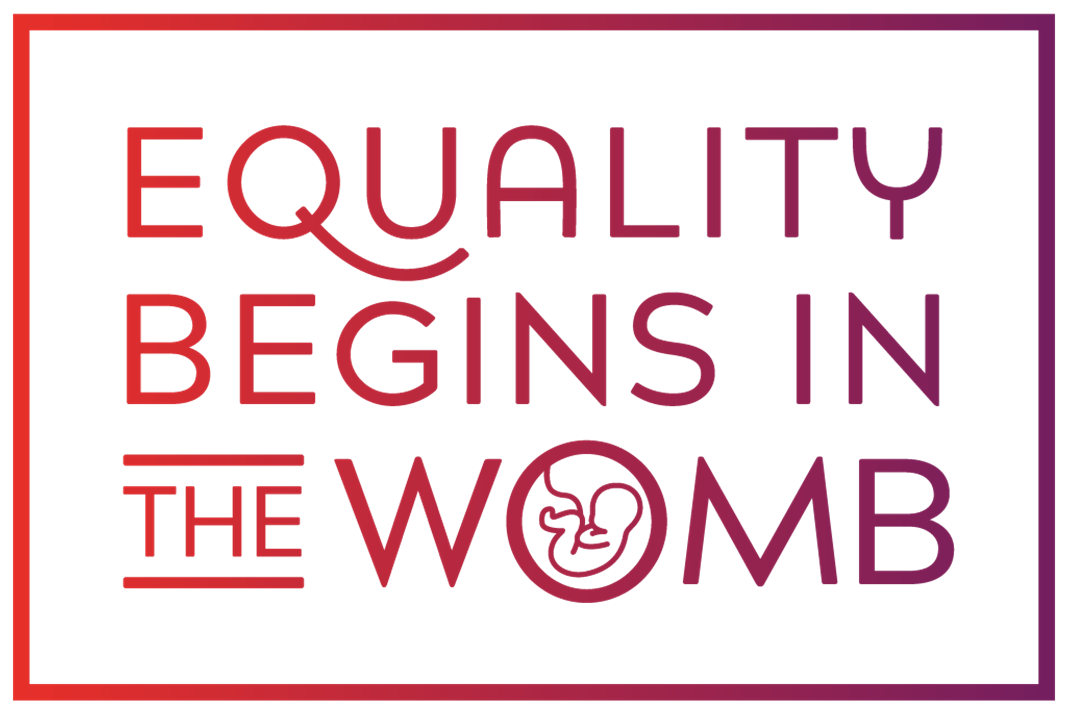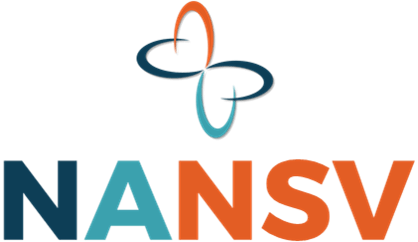Are Your Employees Engaged?
This question is a little ridiculous. Here's what you should really care about.
Originally published Mar 03, 2016
“Employees who are engaged increase productivity by [insert percent].” “Highly engaged organizations report [insert percent] lower turnover.” “Engaged employees drive higher profits and help reduce costs.” So, you want your employees to be more engaged, right? Statistics don’t lie, and there’s a reason “engagement” is the new buzzword. After all, if everyone’s talking about it, they must be on to something.
Eventually, we’ll figure out that employee engagement is the new change management. It has a murky definition, one that morphs in accordance with the interests of those promoting it. The statistics, as a result, are borderline useless, and the more they are repeated, the emptier they become. Just like the “70% of change initiatives fail” figure floated without questioning since the 1990s, the “truth” that employee engagement is a “magic bullet” has achieved broad acceptance while escaping critical examination.
On the surface, it’s hard to argue that an employee who’s engaged will perform better than one who is not. The devil, as usual, is in the details—specifically, what does “engagement” mean? How far does someone have to be into her job to be considered engaged? Is it enough for her to show up for work and perform her tasks accurately and completely, or does she have to have some metaphysical connection to her role and to the organization? It seems that every person who uses the term has his own definition.
It gets worse when stock employee engagement surveys are used. These presume that engagement is a one-size-fits-all concept, meaning the same thing at one place as it does every other. For all the similarities we find across organizations, though, sectors, industries, and entities have their own peculiarities. Do the individuals who are manufacturing widgets need to be intimately familiar with the mission, for example, as the people running operations in a non-profit, or is following quality control procedures enough?
It also makes sense that "engagement's" meaning to one employee probably differs from someone else's definition. What causes a Millennial to meet some mercurial standard of engagement may not be the same as what keeps the gray-haired, old-school, long-tenured professional enthused, involved, connected, motivated, or whatever the term actually means. This is another reason that employee engagement is a shallow concept— a great sound bite, but not enough under the covers to provide much direction.
Instead of obsessing over the mystical idea of engagement and striving for some state of affairs that may or not make sense for your organization and workforce, focus squarely on what you want, who is most likely to provide it, and how to ensure that they do. In other words, step away from stock measures of employee engagement, and stop trying to be everything to everyone. It’s better to define what you want your employees to do and how you want them to act, and ensure they get what they need to do it. This means:
- Getting what you need—Defining requirements (the “what”), designing appropriate jobs (the “how”), determining the characteristics likely to lead to success (the “who”), and finding them (the “where”).
- Giving them what they need— Understanding what encourages desired behaviors—e.g., equipment, incentives, facilities, work environment, opportunities, relationships—and ensuring it’s all in place.
- Following through— Delivering on promises and weeding out the low performers. If you define what you need and provide the enablers, performance is your indicator, not “free coffee, please” surveys.
Of course, this is all well and good for bringing in the “right” new hires, but what of your existing employees? What if they don’t have what you’ve identified as the necessary attributes? Actually, the same principles apply. You can only adapt behaviors when you know specifically what you need and how to encourage them. That necessitates knowing what you want people to deliver and how, providing the tools, truly, accurately assessing performance, and making the hard personnel decisions when they’re required.
Attempting to fix problems by retroactively attempting to meet some universal-yet-under-defined standard of employee engagement is a losing proposition. More than likely, you’ll be sent in directions you don’t need to go, and you’ll be spending money you don’t have to. You can design a qualified, motivated workforce based on your standards and objectives. If you do it right, you’ll get the most out of your employees—no matter how engaged someone else’s survey says they are.
Let's Discuss
What does "employee engagement" mean to you? We'd love to know, so please contact us today.
Read Other Posts










